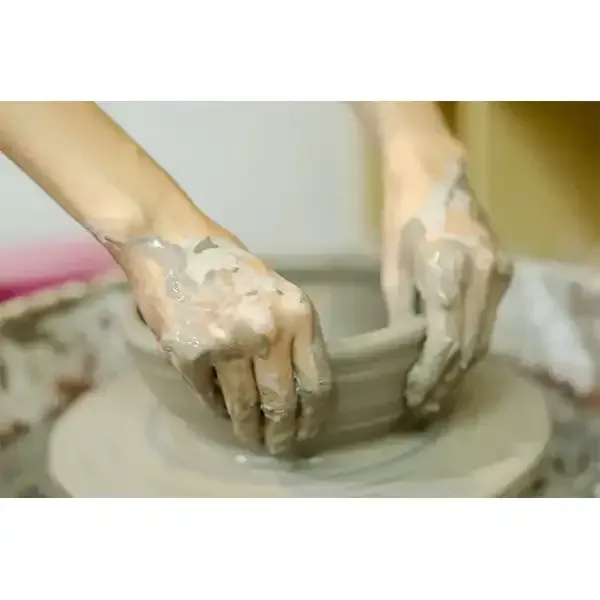The Essentials of Ceramic Tile Adhesive A Comprehensive Guide
Ceramic tiles have long been a popular choice for both residential and commercial flooring and wall applications. Their durability, aesthetic appeal, and ease of maintenance make them an excellent option for various environments. However, the longevity and performance of ceramic tiles largely depend on the quality of the adhesive used during installation. This article delves into the different types of ceramic tile adhesives, their properties, application methods, and tips for successful installation.
Understanding Ceramic Tile Adhesive
Ceramic tile adhesive, commonly referred to as tile mortar or thin-set mortar, is a specialized bonding material designed to adhere tiles to various surfaces. These adhesives come in different formulations, primarily categorized into three main types cement-based, epoxy, and latex. Each type serves specific purposes and is suited for various conditions and environments.
1. Cement-Based Adhesives Cement-based adhesives are the most widely used tile adhesives. They are composed of a dry powder that is mixed with water to create a paste. This type typically comes in two subcategories - Thin-set Mortar Ideal for most ceramic tile applications, thin-set mortar provides a strong bond and is suitable for both floors and walls. Its ease of application makes it a favorite among DIY enthusiasts and professional installers alike. - Thick-bed Mortar Also known as wet-set mortar, this is used for larger tiles or in areas with uneven substrates. It offers better flexibility and support but requires more expertise to apply correctly.
2. Epoxy Adhesives Epoxy adhesives are synthesized from resin and hardener and are known for their exceptional strength and chemical resistance. They are particularly suitable for installations in high-moisture environments, such as bathrooms or kitchens. However, epoxy adhesives can be more challenging to work with due to their quick setting times and require precise mixing.
3. Latex Adhesives Latex-modified adhesives are cement-based products that have been enhanced with polymer additives. These additives increase the adhesive's flexibility, bond strength, and water resistance, making them ideal for use in areas prone to fluctuating temperatures or moisture.
Properties of Ceramic Tile Adhesives
The effectiveness of a ceramic tile adhesive relies on several key properties
ceramic tile adhesive

- Bond Strength A strong bond is essential to prevent tiles from lifting or cracking over time. The chosen adhesive should match the type of tile and the substrate (surface being tiled) for optimal performance. - Flexibility Good ceramic tile adhesives maintain flexibility even after curing. This is crucial in environments where temperature changes and subfloor movement can lead to stress on the tiles. - Water Resistance For tiles exposed to moisture, such as those in bathrooms or kitchens, the adhesive must resist water penetration to prevent mold and mildew. - Ease of Application Depending on the skill level of the installer, some adhesives may be easier to work with than others.
Application Tips
Successful tile installation depends not only on the adhesive selection but also on proper application techniques. Here are some essential tips
1. Surface Preparation Ensure the substrate is clean, dry, and level. Any imperfections can affect the adhesive bond and lead to tile failure. 2. Mixing Follow the manufacturer's instructions carefully when mixing the adhesive. The correct water-to-powder ratio is crucial for achieving the desired consistency and bond strength.
3. Troweling Use the appropriate trowel size when applying adhesive to create uniform ridges. This ensures maximum contact between the tile and the adhesive, enhancing the bond.
4. Setting Time Allow the adhesive to set according to the specifications. Avoid walking on the tiles or exposing them to moisture until the adhesive fully cures.
5. Grouting Once the tiles are set, grout the spaces between them to enhance water resistance and aesthetic appeal.
Conclusion
Choosing the right ceramic tile adhesive is vital for ensuring the durability and appearance of your tile installation. Understanding the different types of adhesives and their properties can help you make an informed decision based on your specific project needs. With careful preparation and application, your ceramic tiles can provide beauty and functionality for years to come. Whether you are a seasoned professional or a DIY enthusiast, mastering the art of tile adhesion will elevate your home improvement projects to a new level.
-
Rdp Powder: Key Considerations for Wholesalers in the Building Materials IndustryNewsJul.08,2025
-
Key Considerations for Wholesalers: Navigating the World of Hpmc - Based ProductsNewsJul.08,2025
-
Hpmc Detergent: Key Considerations for WholesalersNewsJul.08,2025
-
Key Considerations for Wholesalers: China Hpmc For Tile Adhesive, Coating Additives, Concrete Additives, and MoreNewsJul.08,2025
-
Crucial Considerations for Wholesalers: Navigating the World of Construction MaterialsNewsJul.08,2025
-
Key Considerations for Wholesalers Sourcing Additive For Cement, Additive For Concrete, Additive For Putty from Additive Manufacturer Shijiazhuang Gaocheng District Yongfeng Cellulose Co., Ltd.NewsJul.08,2025




